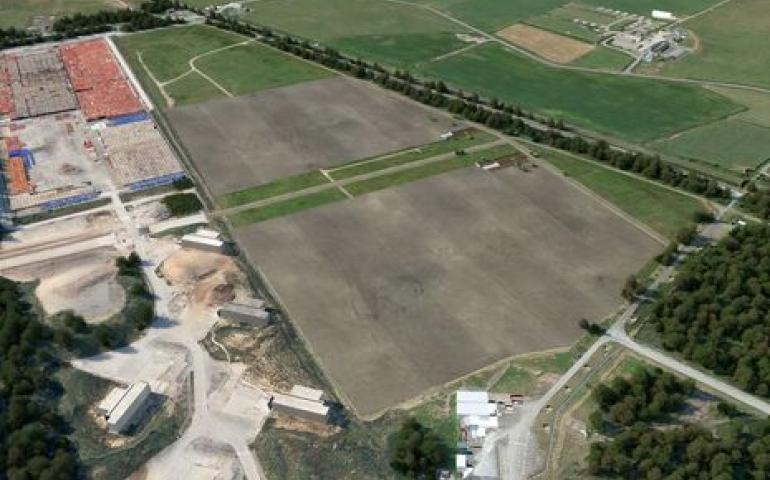Works begin on the next phase of operations to close historic trenches and vaults at the Low Level Waste Repository (LLWR) site in Cumbria.
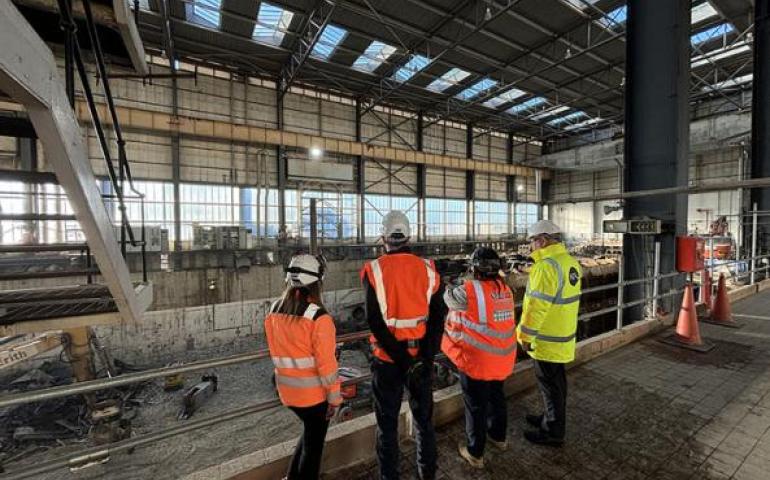
Over 700kg of explosives have been used in the first stage demolition of four gigantic concrete plinths as part of work to decommission the turbine

Technical engineer Natalie Parker has been shortlisted for the Institution of Engineering and Technology’s Young Woman Engineer of the Year Awards
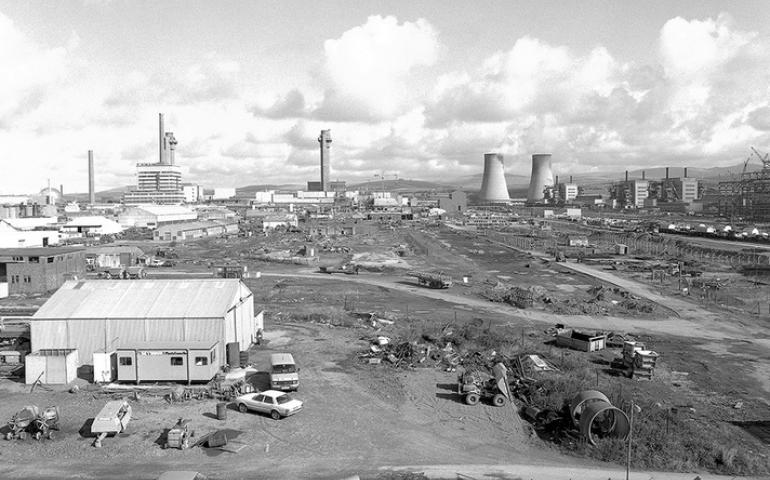
NDA publishes first ever nuclear heritage vision and strategy, to safeguard and celebrate the history of the nuclear industry.

Geological disposal involves isolating radioactive waste deep underground, inside a suitable rock volume to ensure that no harmful quantities of ra

KAEFER Team at Sellafield have been awarded the Management of Contractors Annual Safety Award.
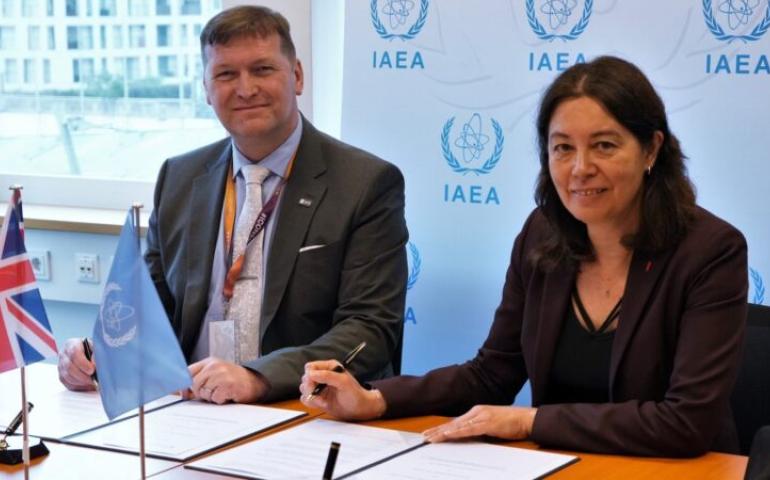
Nuclear Transport Solutions (NTS) has teamed up with the International Atomic Energy Agency (IAEA) to provide support in the area of nuclear securi
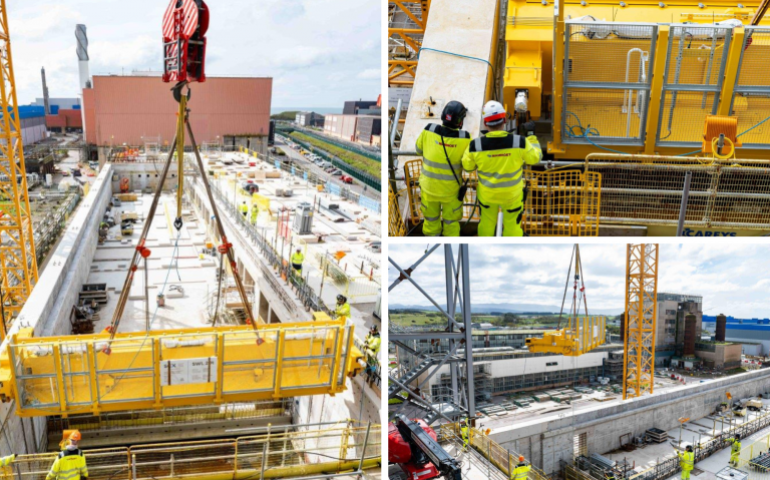
Two weeks ahead of schedule, the first of the SIXEP Continuity Plant’s two gantry cranes has been installed at Sellafield in Cumbria, England
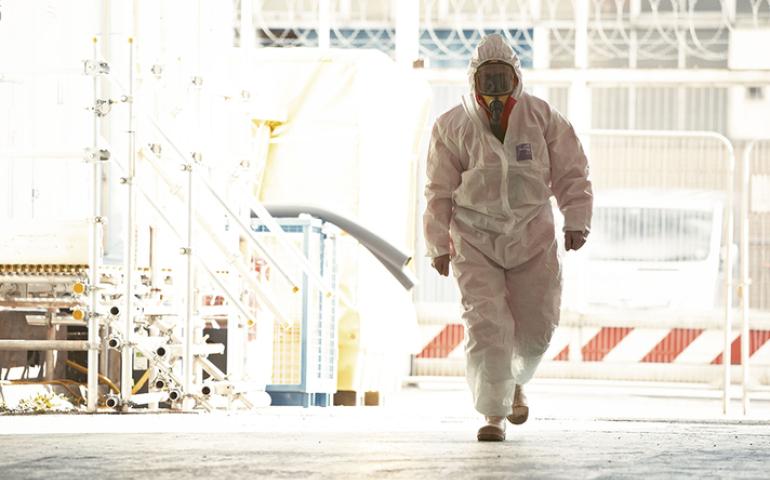
The Nuclear Decommissioning Authority (NDA), in collaboration with its subsidiary Nuclear Waste Services (NWS), has awarded two contracts to establ
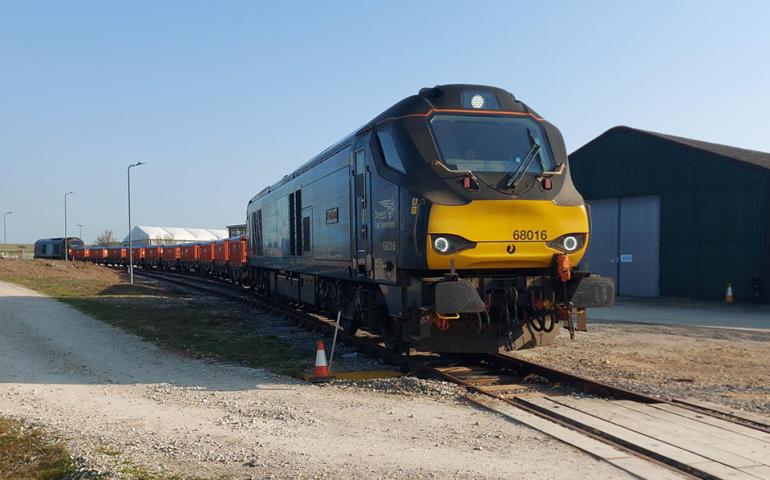
A major collaboration between Nuclear Waste Services (NWS), Nuclear Restoration Services (NRS) and Nuclear Transport Solutions (NTS) to safely and



